Instruments:
- Automatic battery charger
Parts and consumables:
- Battery electrolyte

Notes:
The manufacturer installs a maintenance-free storage battery with a nominal voltage of 12 V and a capacity of 45 Ah on vehicles. Instead, you can install any battery of similar capacity and mounting dimensions from other manufacturers. In this case, use and maintain the battery in accordance with the instructions supplied with it.
Infect the battery in a well ventilated area.
If the vehicle has a serviceable battery, remove it, clean it carefully (especially the top), check the electrolyte level and top up if necessary.
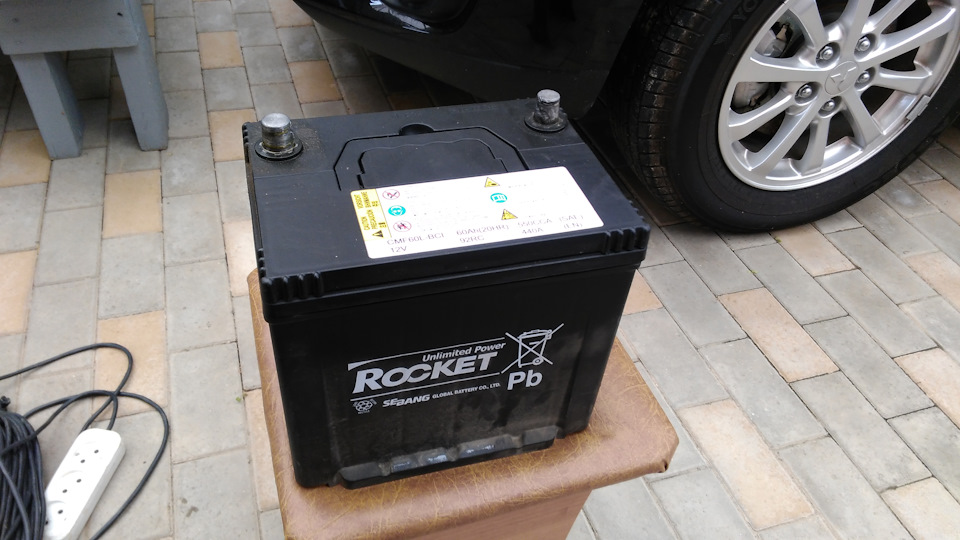
To charge the battery, it is advisable to use an automatic charger (AZU). For maintenance-free batteries, it is better to use it, it will charge as expected, and the battery will not boil.
Before starting charging, the positive terminal (usually on the red wire) of the charger is connected to the positive terminal of the battery, the negative terminal (on the black wire) to the negative terminal.
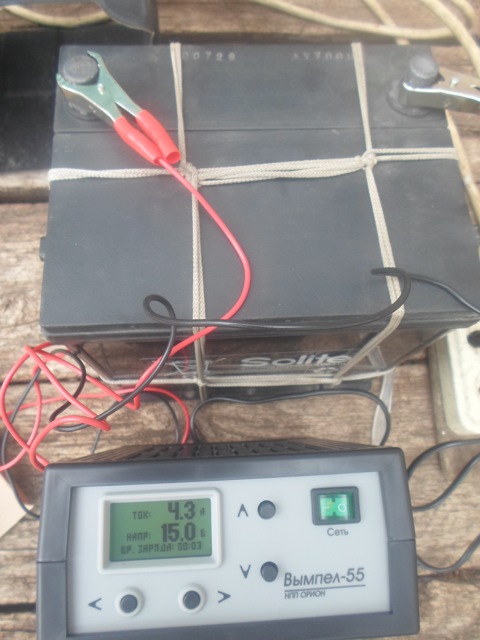
The battery is charged with the plugs turned out with a current equal to 10% of the rated current of the battery. A battery with a capacity of 45 Ah is charged with a current of 4.5 A.
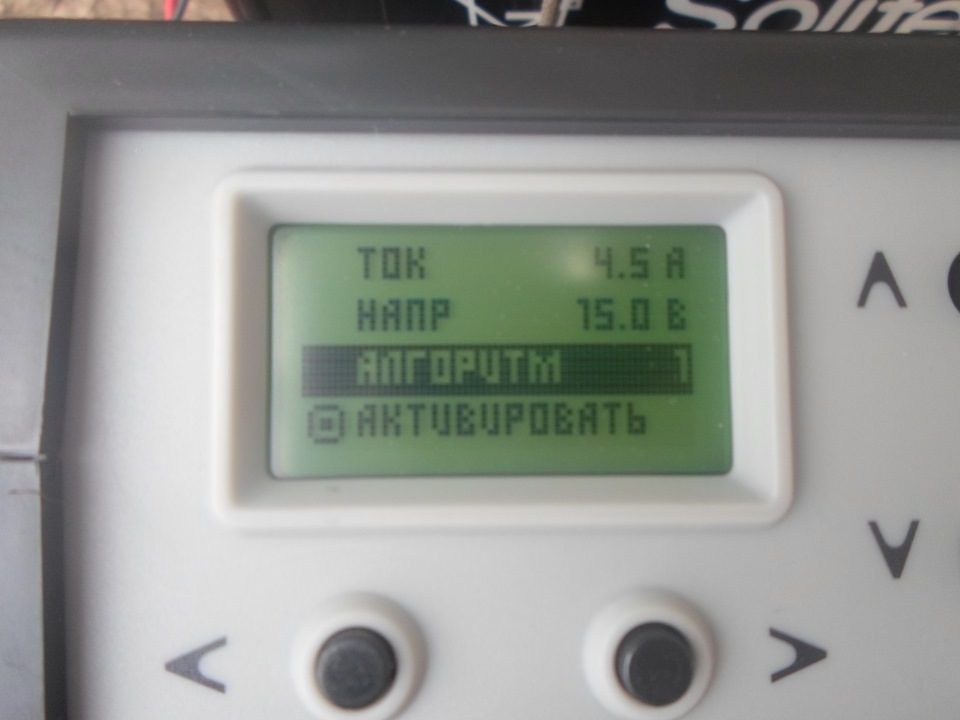
Charging is carried out before the onset of abundant gas evolution and the achievement of a constant voltage and electrolyte density for 3 hours. The density of the electrolyte charged at 25 ºС should correspond to the data given in the table below for each climatic region.
When charging the battery, periodically check the temperature of the electrolyte and do not allow it to rise above +40 ºС. If the temperature reaches +40 ºС, it is necessary to reduce the charging current by half or interrupt charging and cool the battery down to +27 ºС.
Charging is stopped when abundant gas evolution begins in all battery cells, and the voltage and electrolyte density recorded during the last 3 measurements (carried out 1 hour after the battery is turned off) will remain constant.
If, at the end of charging, the electrolyte density (determined with a temperature correction) differs from the value indicated in the table below, correct it. With increased density, remove some of the electrolyte and add distilled water. If the density of the electrolyte is below normal, then, after taking it out of the cell, add electrolyte of increased density (1.4 g/cm3).
After adjusting the density of the electrolyte, continue charging the battery for another 30 minutes to mix the electrolyte. Then disconnect the battery and after 30 minutes measure the electrolyte level in all cells. If the electrolyte level is too low, top up with electrolyte of a specific gravity for the given climate region (see table below). If the electrolyte level is above normal, remove the excess with a rubber bulb.

Warning:
Purchase a battery of the same polarity as the one mounted on the car, since a battery of a different polarity cannot be connected to the on-board network due to the insufficient length of the wires and the mismatch in the size of their tips.
When working with metal tools, do not short-circuit the battery.
When charging the battery, an explosive gas mixture is formed, therefore, during charging and servicing the battery, it is forbidden to smoke and use open flames.
Source: carpedia.club
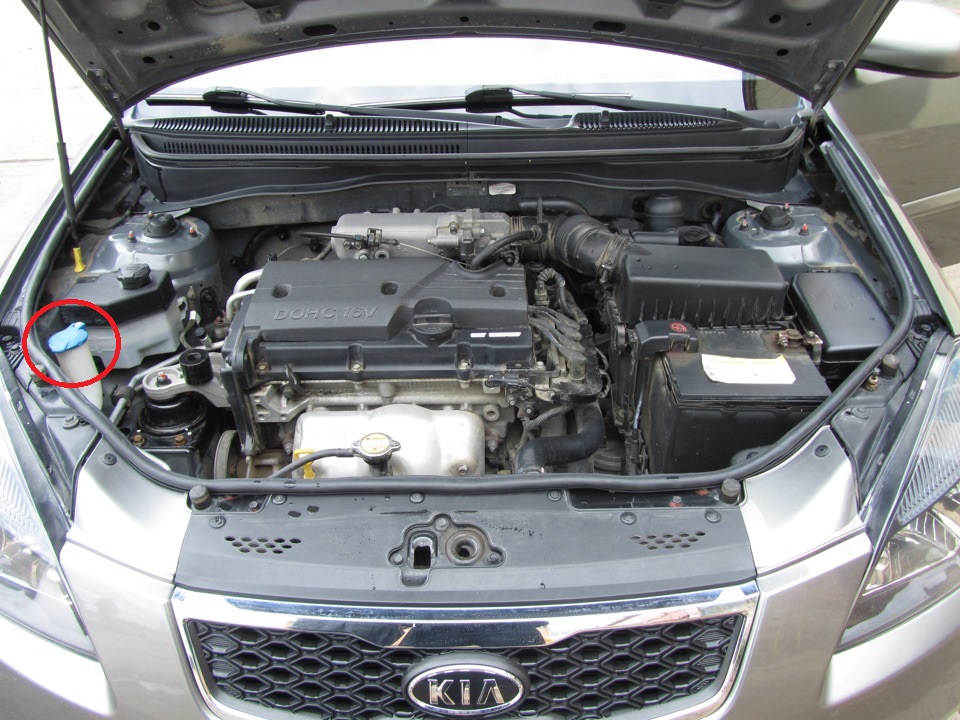
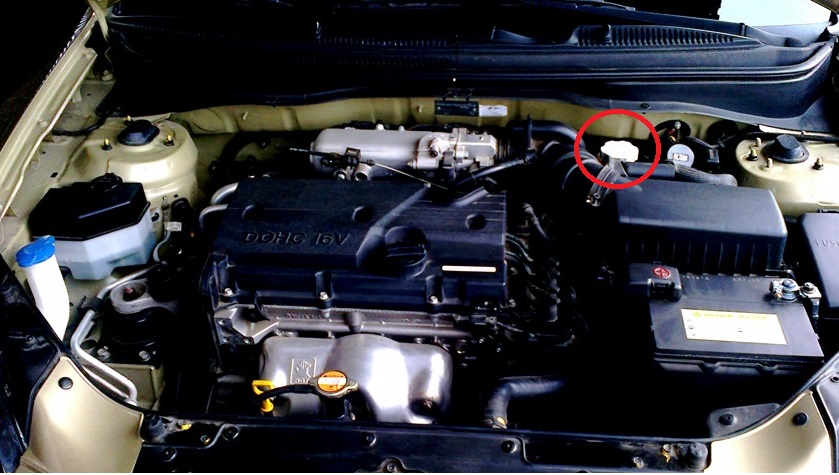
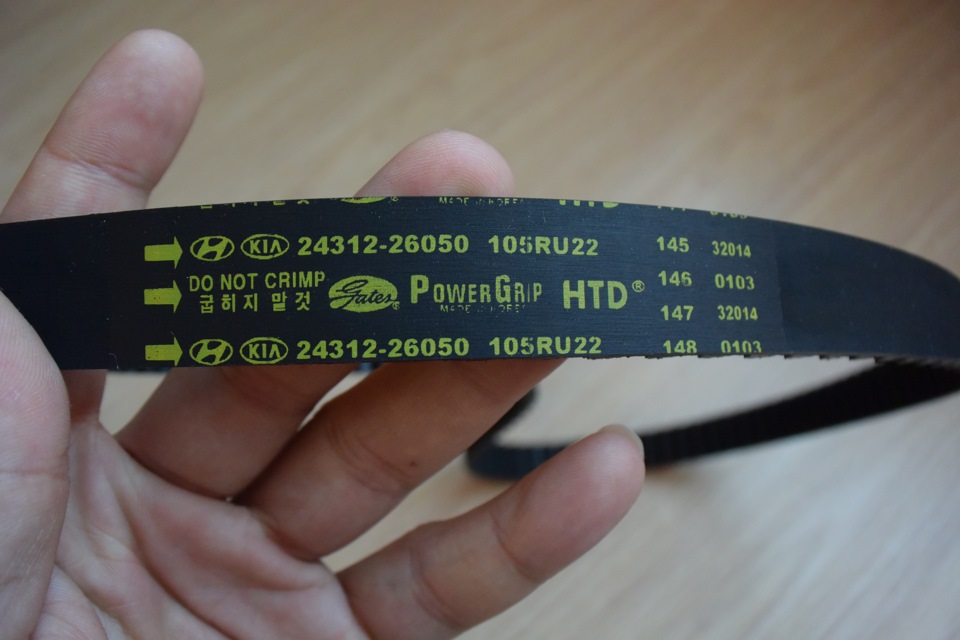
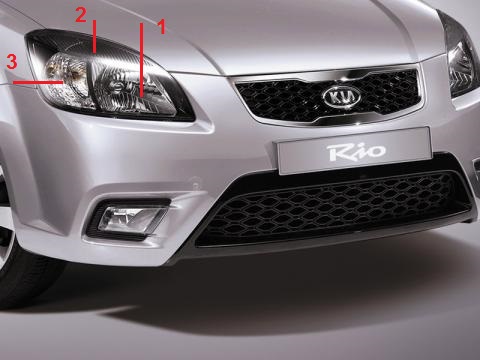


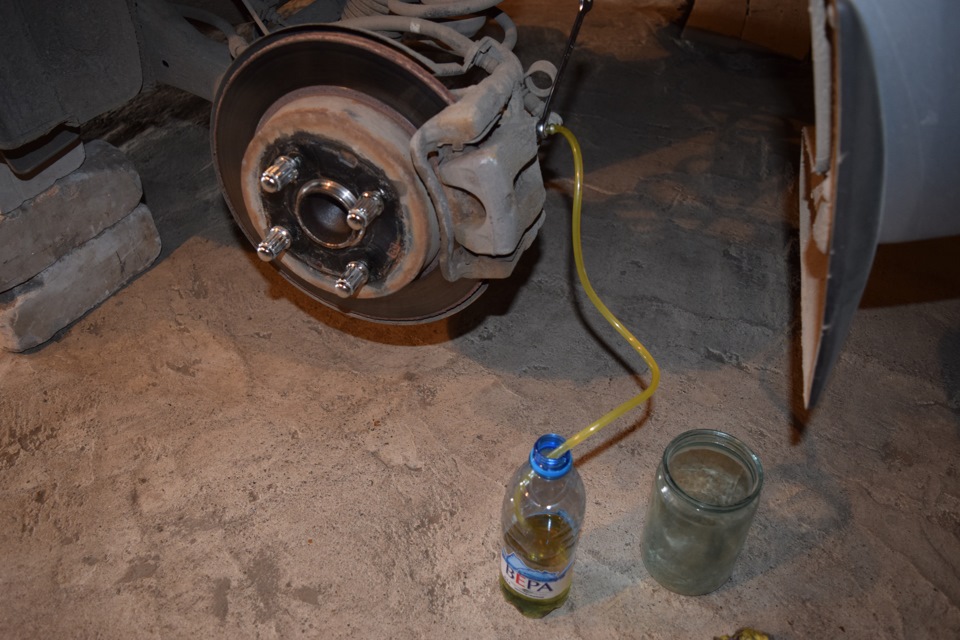
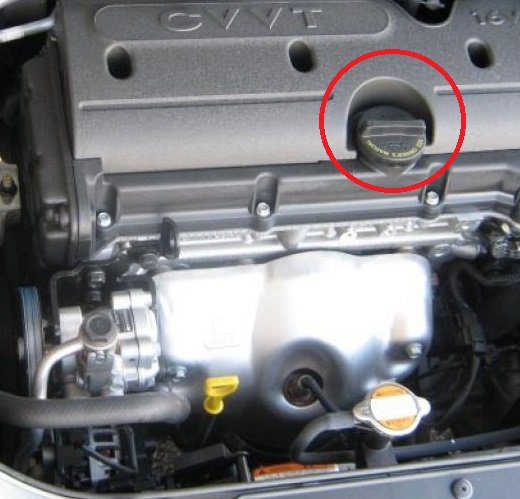
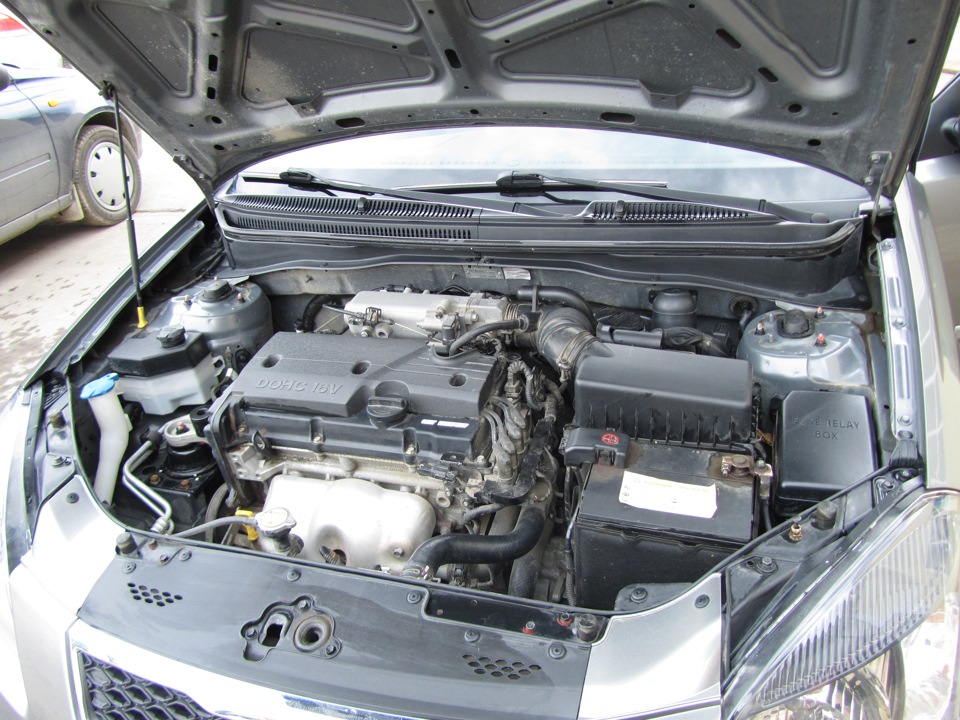

![2 generation [2005 - 2009]](/uploads/Kia_Rio_2005_-_2011.png)
![3 generation [2011 - 2015]](/uploads/9b0bb8ba0203729f482ae8eb3b95c4f1.jpg)
